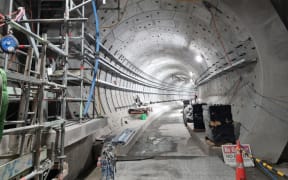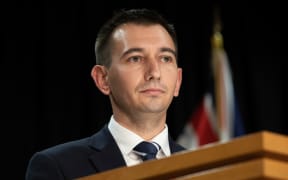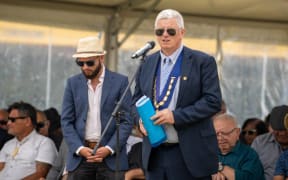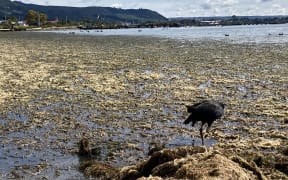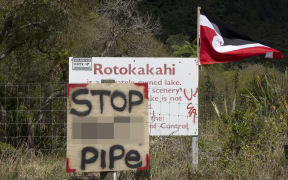
Water, pipes, sewerage: Rotorua is facing an aging infrastructure challenge. Photo: Laura Smith
Each day, there are 150,000 toilet flushes, 75,000 showers, and 200,000 car journeys in the Rotorua district using infrastructure funded by rates and taxes.
"And people say, 'What does council give us for that?'," district infrastructure boss Stavros Michael says.
Rotorua Lakes Council has estimated it will need to spend $3 billion on core infrastructure over the next 30 years - renewing, improving and expanding.

Of the $610 million infrastructure spend budgeted for the next 10 years in the draft Long-term Plan - now out for public feedback - $200m was to enable housing growth.
Last year, Infrastructure New Zealand found the country needed to more than double the $100 billion of planned work in the pipeline over three decades to plug the infrastructure deficit.
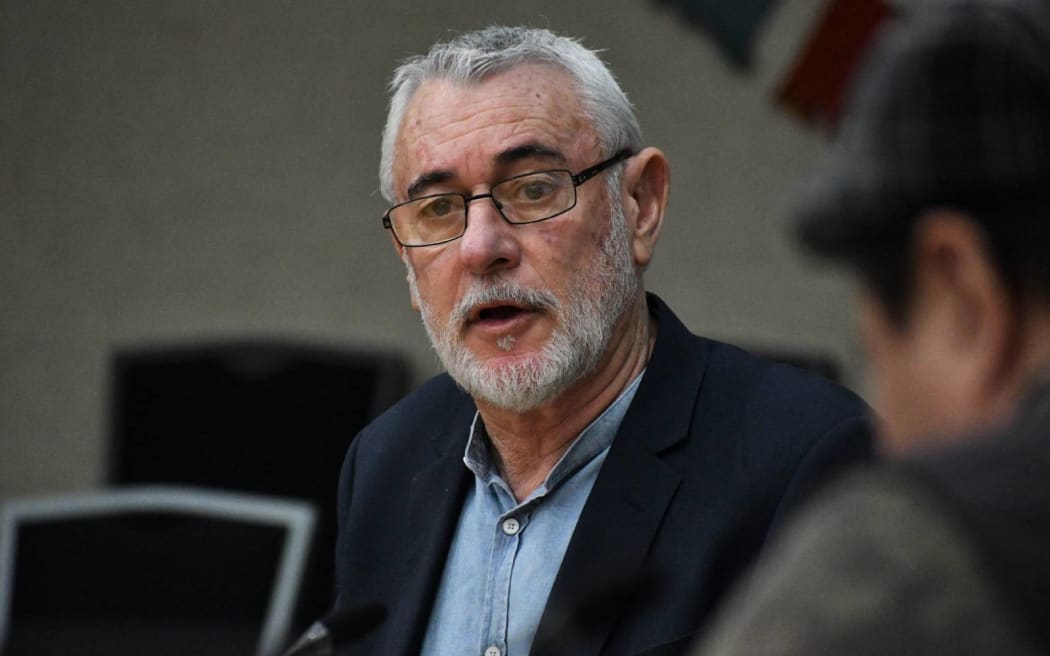
Infrastructure and environment group manager Stavros Michael. Photo: Laura Smith
'Chronic underspending'
Council infrastructure and environment group manager Stavros Michael and the corresponding committee's chairwoman Karen Barker sat down with Local Democracy Reporting to discuss Rotorua's situation and draft 30-year infrastructure strategy.
Barker said in her view the mostly-newly-elected council had "inherited some chronic underspending" from the last few decades and was seeking to address that within its "funding constraints".
"Managing the demands for growth and balancing the opportunities for future ratepayers against affordable rates and debt levels for current ratepayers is a significant challenge for our district."
The council needed to provide services that allowed people to live their daily lives, "so when they turn on their taps they get fresh drinking water", she said.
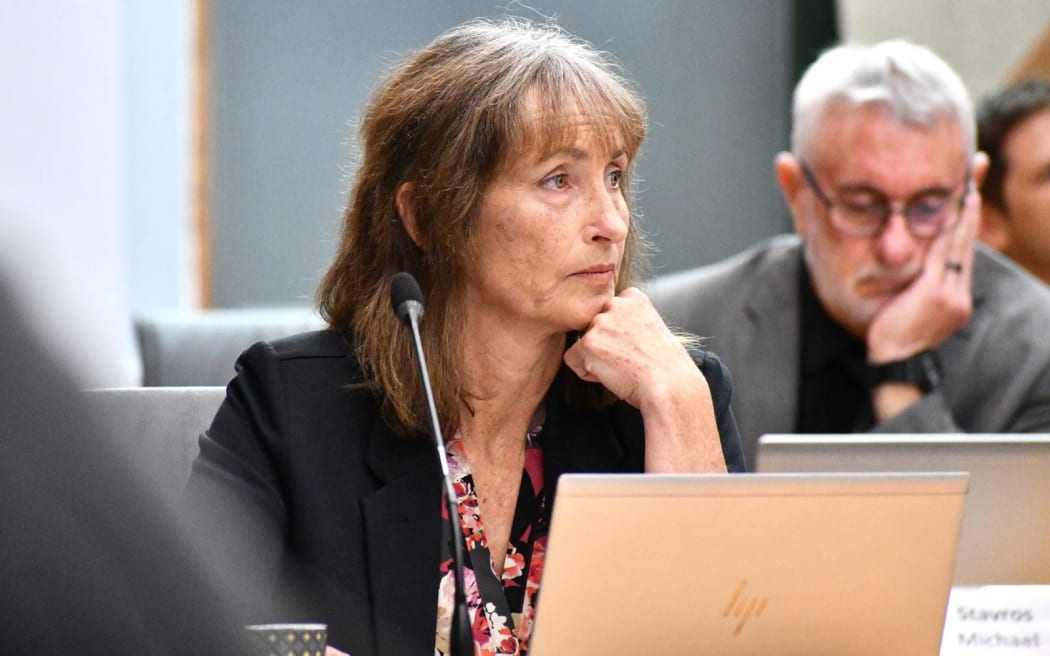
Rotorua rural ward councillor Karen Barker. Photo: Laura Smith
Michael said its responsibilities also included ensuring sewage was "not spilling all over the place", and safe and reliable transport.
The draft strategy would see 7 percent of roads resealed each year.
"We rely heavily on our forestry, our visitor economy, on our local economy. Connecting people [is] very important," Michael said.
The council also needed to address existing risks. Rotorua is in a caldera, the hollow that forms after a volcanic eruption.
"We're in a bowl. Every time it rains, the water wants to go from a high place to a low place, which is the lake. Our ability to grow depends on our ability to direct the water in a safe way."
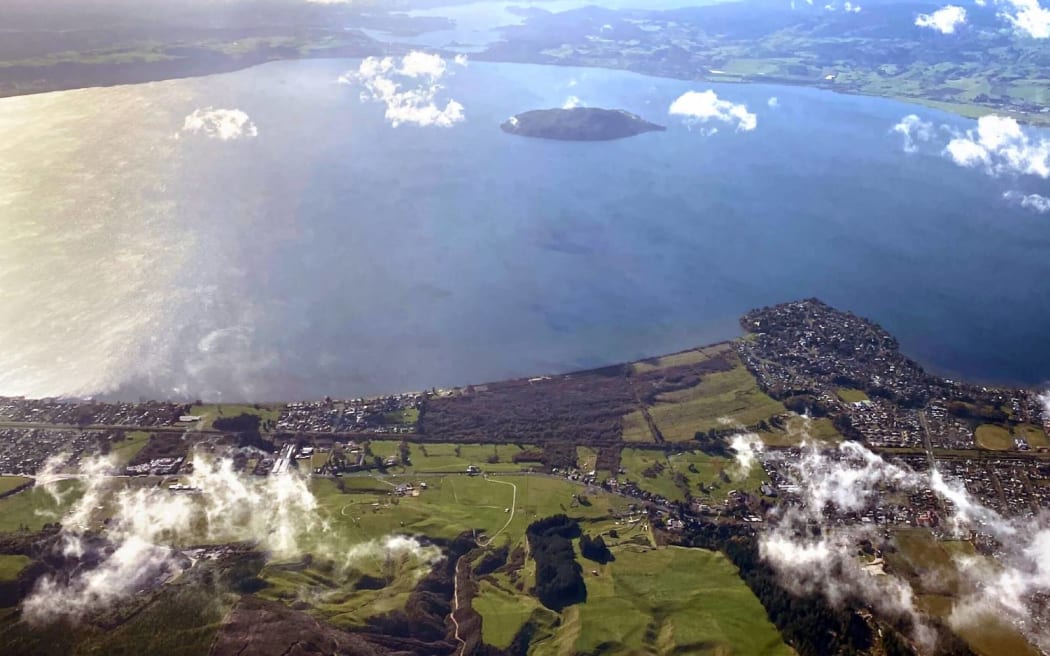
Photo: Felix Desmarais
The city's infrastructure was ageing. The strategy said its $1.966b of assets had "expired by" between 50 and 60 percent.
Michael said about half of its pipelines were beyond their designed life and some materials used, such as asbestos in pipes, were now redundant.
"In the '50s it was the miracle material of the future, it would last forever," Michael said.
It did not, and also turned out to pose a significant health risk to those working on the pipes.
Sewage used to be "dumped" into the lake until 1991 when it instead began being sprayed on land.
"If you ask any person now, 'Should we do it again?', they'd probably put a bullet between your eyes."
Catching up
Michael said the underfunding of infrastructure renewals was, in his view, a result of how the city developed and a community focus on getting "new, shiny things", including infrastructure.
Politicians generally lasted three or four years, while assets would last 100, he said. It could lead to an approach of, "Don't worry, someone else will in the future, then someone else will in the future."
He said Rotorua was focused on critical infrastructure rather than trying to address everything at once.
For example: "If you have a treatment plant that does not work, it doesn't matter if you have another 600km of pipes under the road and 80 pump stations that have nowhere to pump it to."
Rotorua's sewerage network is worth about $600m. Renewing 1 percent a year cost between $7m and $9m.
Until 2018, spending on that network was less than $2m a year, a quarter of what was spent now. Michael said that was like expecting every component to last 300 or 400 years.
"And now we have to catch up with that."
Rotorua had its "unique challenges" - a concrete manhole would last up to 70 years elsewhere but might need replacing three times as often in the corrosive geothermal area of Rotorua.
The council has about 280,000 infrastructure assets, including pipes and equipment. A quarter of the 58,000 considered critical components were in the "unpredictable" geothermal zone.
The council wanted to avoid assets collapsing and the ensuing contamination, prosecution and health risks.
Barker said she wondered if the community understood the scale of the network, its value and its depreciation - then the flow-on impact to rates.
During a March meeting, councillor Don Paterson said he was concerned about people feeling they were facing rates of $84 a week to "live in their own homes".
But Michael said he believed that was the wrong way to see it.
"It only costs you $84 a week to have access to secure water," Michael said.
"I think people take these services for granted… it's when things go wrong people really start to notice."
The politics of pipes
Barker said coming legislative changes were "complex" and added to the challenge of drafting the long-term plan.
The government is working on a new draft transport statement, a new Regional Infrastructure Fund worth $1.2b, and the Local Water Done Well reforms. The latter was to replace the previous government's Three Waters, repealed in February.
Local Government Minister Simeon Brown has said councils were being asked to "lead the way in developing local solutions to our water services challenges".
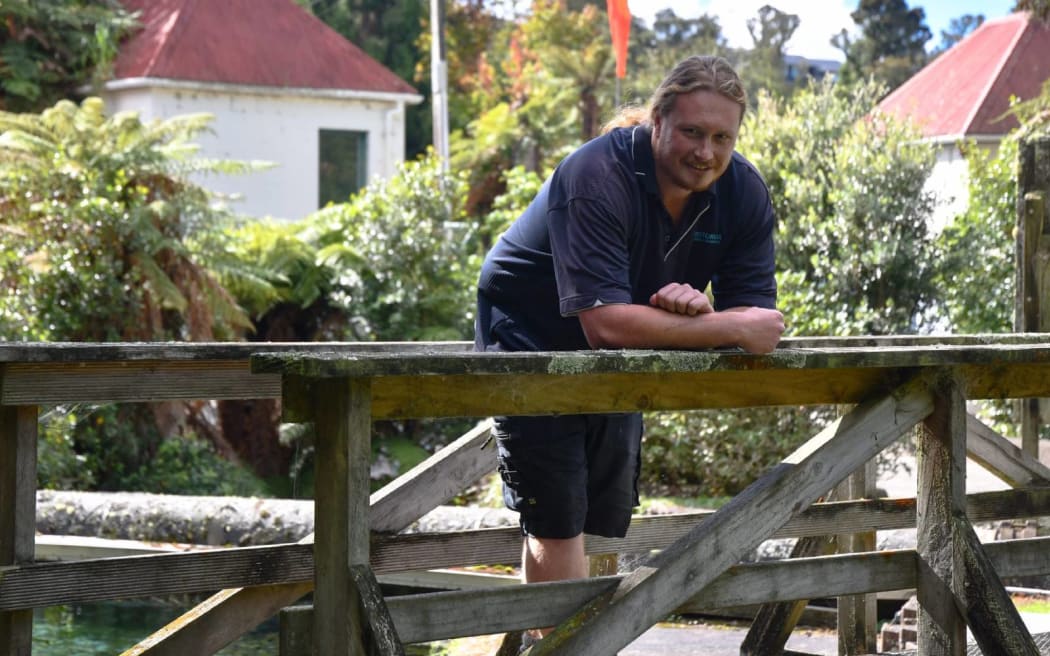
Rotorua Lakes Council water operations engineer Owen Jansen at the Karamu Takina springs and water treatment site. Photo: Laura Smith
Inside a critical asset
Rotorua Lakes Council water operations engineer Owen Jansen took Local Democracy Reporting around the Karamu Takina springs and water treatment site.
It served the central area with drinking water, from "Skyline to Sala St" and everything in between.
"Anyone that runs their taps in that area, this is where the water comes from."
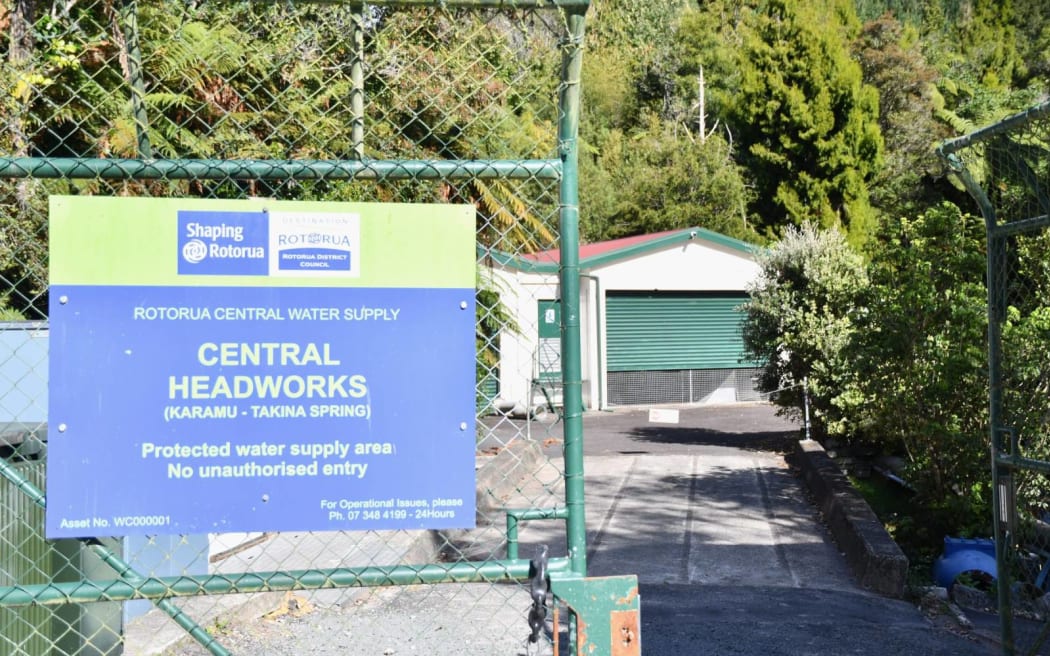
The Karamu Takina springs and water treatment site serves the central Rotorua area. Photo: Laura Smith

Water is pumped from the Rotorua Lakes Council's Karamu Takina springs and water treatment site to the central area. Photo: Laura Smith
Jansen guided through the chlorine gas treatment, where water was dosed at 0.5 parts per million, through to the springs where 100-year-old water flowed, down to the UV treatment system and into the pump station which filled the city's reservoirs.
"The importance of this site is huge."
LDR is local body journalism co-funded by RNZ and NZ On Air.
